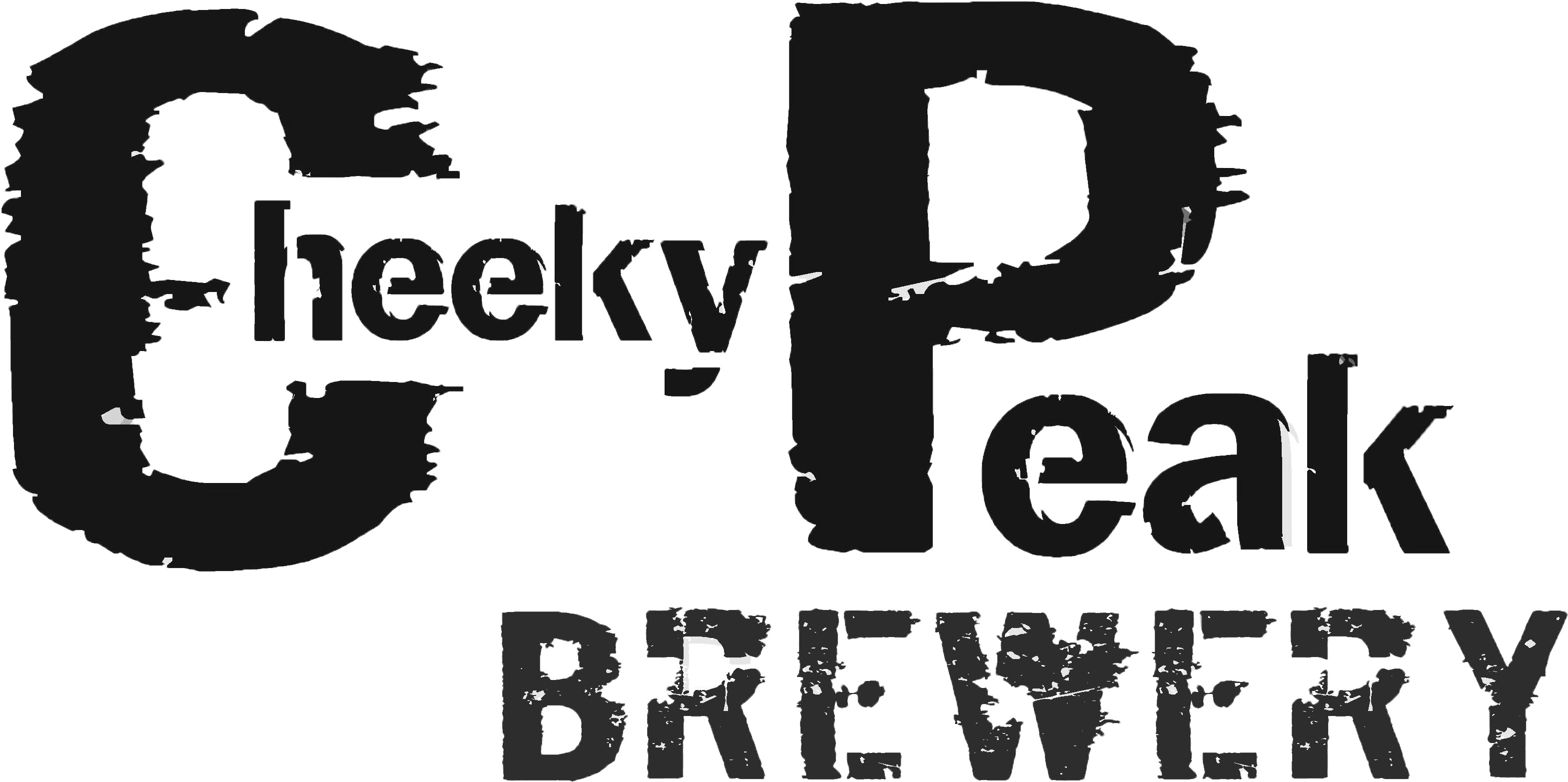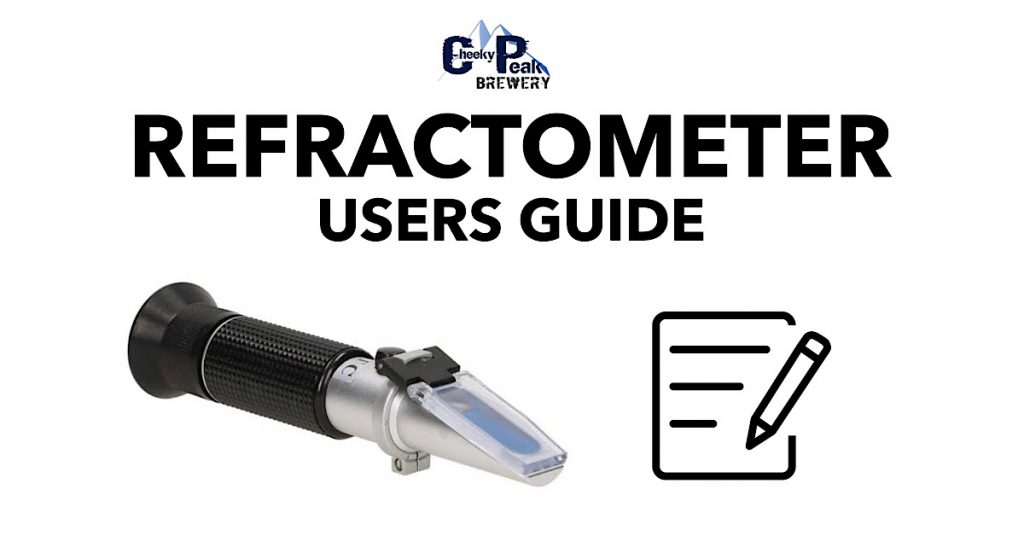This guide will teach you everything you need to know when using a refractometer for brewing purposes. We will take you through step by step how to best use your refractometer and also share some tips that you may not have seen previously.
WHAT IS A REFRACTOMETER?
Relative to brewing, a refractometer is an instrument used to measure the concentration of sugars in a solution ie – gravity of your wort. When using the refractometer, light will pass through the sample and ‘refract’ the light path to a certain degree depending on the concentration of sugar in your solution. When viewing through the lens, the sugar concentration of your liquid will be then be displayed on a visible scale (specific gravity, plato, brix etc)
WHEN TO USE A REFRACTOMETER?
Refractometers may be used at multiple stages throughout the brewing and fermentation process. The most common places for use is during the hot side of your brewing process (mashing and boiling) and also to measure the Original Gravity of your wort.
It is not as common to use during your fermentation process due to the fact that the presence of sugars and alcohol interfere with how the light is refracted. This interference causes an error in the measurement of the sugar concentration.
Pro’s of using a refractometer
- Small, light weight and easily stored
- Only requires a small sample size for measurements
- Measurements can be taken fast as there is no need to wait extended periods to cool a large sample
Con’s of using a refractometer
- More maintenance to keep refractometers in good condition
- Can loose accuracy when not maintained / stored correctly
- Cannot be used accurately to measure gravity throughout fermentation / final gravity
PREPARATION & STORAGE
Before you use your Refractometer it is important that it is in a clean state and free from scratches. If the glass prism under the plastic cover slip is dirty it is best to follow these steps:
Preparation
- Using a pipette, place a few drops of distilled water on the glass prism.
- Shake off excess water and using a soft clean cloth, dab off the remaining water (never touch glass prism with your finger!)
It is also important to make sure your refractometer is correctly calibrated. To calibrate your refractometer follow these steps:
Calibration
- Using a pipette, place a few drops of distilled water onto the glass prism.
- Close plastic cover slip carefully to ensure no air pockets are created
- Look through the viewing lense of the refractometer to read the scale.
- Using the supplied adjustment tool, rotate the calibration screw until the reading on your scale intersects ‘0’
Storage
When you have finished using your refractometer, it’s important to also repeat the preparation steps and place your refractometer in solid case for storage
HOW TO USE – STEP BY STEP
Now that you understand the basics of a refractometer and where you can use it in your brewing process, follow these steps below to accurately measure your sample.
- Make sure your glass prism is clean and free from scratches. If in a dirty state, follow the preparation steps above.
- Calibrate your refractometer using the calibration steps above.
- Collect a small sample (10-20mls) and allow to cool for 30-60 seconds.
- Using a pipette, place a few drops of your sample onto the glass prism.
- Carefully close the plastic cover slip and avoid creating any air pockets between the glass prism and plastic cover slip
- Look through the viewing lense and read the gravity measurement on the scale of your refractometer.
- When complete follow the storage instructions discussed above.
IS MY FERMENTATION STUCK?
Have you ever had a ‘stuck’ fermentation when using a refractometer? You may have experienced that your fermentation is tracking along as expected and suddenly stops at around 1.030 – 1.035
Guess what?
It is more then likely that your fermentation is actually not stuck but in fact finished!
How?
Remember when we discussed earlier that when alcohol and sugar are together they interfere with how the light is refracted. This is in fact what is happening in this case. There is an error in the measurement that you are reading due to the presence of alcohol and sugar. Good news, your fermentation is most likely complete.
You can find refractometer adjustment calculators online, however it is best that you use a hydrometer for your final gravity readings.










